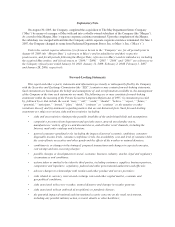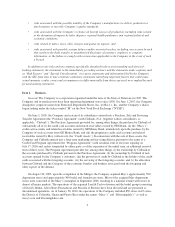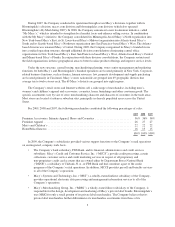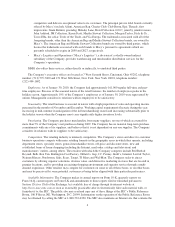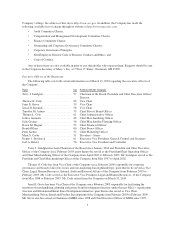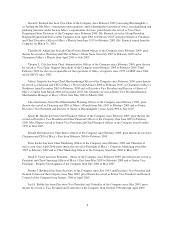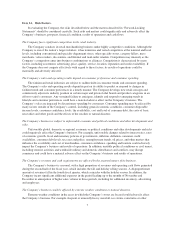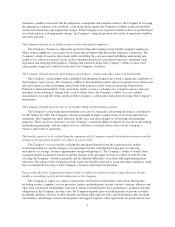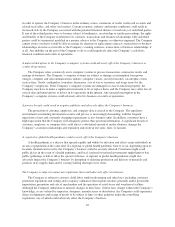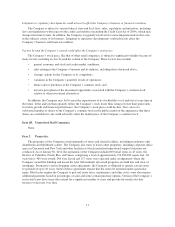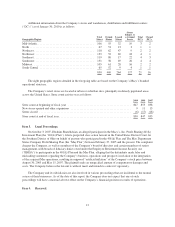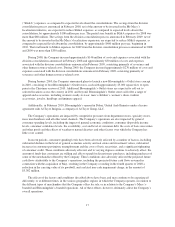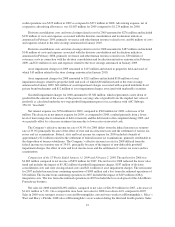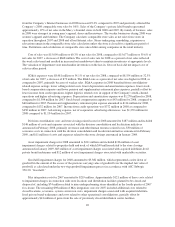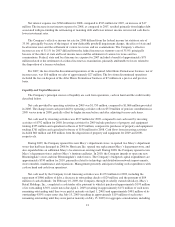Macy's 2009 Annual Report Download - page 17
Download and view the complete annual report
Please find page 17 of the 2009 Macy's annual report below. You can navigate through the pages in the report by either clicking on the pages listed below, or by using the keyword search tool below to find specific information within the annual report.Litigation or regulatory developments could adversely affect the Company’s business or financial condition.
The Company is subject to various federal, state and local laws, rules, regulations and initiatives, including
laws and regulations with respect to the credit card industry (including the Credit Card Act of 2009), which may
change from time to time. In addition, the Company is regularly involved in various litigation matters that arise
in the ordinary course of its business. Litigation or regulatory developments could adversely affect the
Company’s business and financial condition.
Factors beyond the Company’s control could affect the Company’s stock price.
The Company’s stock price, like that of other retail companies, is subject to significant volatility because of
many factors, including factors beyond the control of the Company. These factors may include:
• general economic and stock and credit market conditions;
• risks relating to the Company’s business and its industry, including those discussed above;
• strategic actions by the Company or its competitors;
• variations in the Company’s quarterly results of operations;
• future sales or purchases of the Company’s common stock; and
• investor perceptions of the investment opportunity associated with the Company’s common stock
relative to other investment alternatives.
In addition, the Company may fail to meet the expectations of its stockholders or of analysts at some time in
the future. If the analysts that regularly follow the Company’s stock lower their rating or lower their projections
for future growth and financial performance, the Company’s stock price could decline. Also, sales of a
substantial number of shares of the Company’s common stock in the public market or the appearance that these
shares are available for sale could adversely affect the market price of the Company’s common stock.
Item 1B. Unresolved Staff Comments.
None.
Item 2. Properties.
The properties of the Company consist primarily of stores and related facilities, including warehouses and
distribution and fulfillment centers. The Company also owns or leases other properties, including corporate office
space in Cincinnati and New York and other facilities at which centralized operational support functions are
conducted. As of January 30, 2010, the operations of the Company included 850 retail stores in 45 states, the
District of Columbia, Puerto Rico and Guam, comprising a total of approximately 154,500,000 square feet. Of
such stores, 469 were owned, 264 were leased and 117 stores were operated under arrangements where the
Company owned the building and leased the land. Substantially all owned properties are held free and clear of
mortgages. Pursuant to various shopping center agreements, the Company is obligated to operate certain stores
for periods of up to 20 years. Some of these agreements require that the stores be operated under a particular
name. Most leases require the Company to pay real estate taxes, maintenance and other costs; some also require
additional payments based on percentages of sales and some contain purchase options. Certain of the Company’s
real estate leases have terms that extend for a significant number of years and provide for rental rates that
increase or decrease over time.
11


